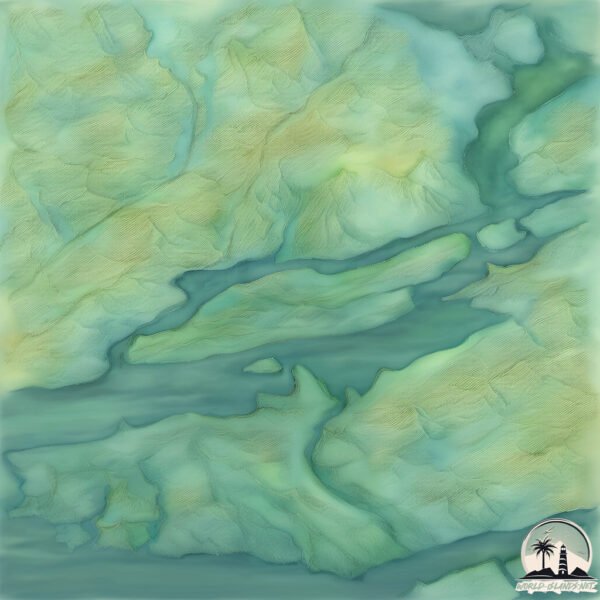Welcome to Bois , a Continental island in the Gulf of St. Lawrence, part of the majestic Atlantic Ocean. This guide offers a comprehensive overview of what makes Bois unique – from its geography and climate to its population, infrastructure, and beyond. Dive into the details:
Geography and size of Bois
Size: 37.4 km²Coastline: 46.2 kmOcean: Atlantic OceanSea: Gulf of St. LawrenceContinent: North America
Bois is a Medium Island spanning 37 km² with a coastline of 46 km.
Archipel: –
Tectonic Plate: North America – Covers North America and parts of the Atlantic and Arctic Oceans, characterized by diverse geological features and varying levels of seismic activity.
The geographic heart of the island is pinpointed at these coordinates:
Climate and weather of Bois
Climate Zone: ContinentalClimate Details: Warm-Summer Humid Continental ClimateTemperature: Warm Summer
Climate Characteristics: Features warm summers and cold winters with consistent precipitation, common in higher latitudes.
Topography and nature of Bois
Timezone: UTC-03:30Timezone places: America/St_JohnsMax. Elevation: 149 m Mean Elevation: 77 mVegetation: Deciduous Needleleaf ForestTree Coverage: 72%
The mean elevation is 77 m. The highest elevation on the island reaches approximately 149 meters above sea level. The island is characterized by Plains: Flat, low-lying lands characterized by a maximum elevation of up to 200 meters. On islands, plains are typically coastal lowlands or central flat areas.
Dominating Vegetation: Deciduous Needleleaf Forest
Vegetation: 8 vegetation zones – Very Highly Diverse Island
Infrastructure and Travelling to Bois
Does the island have a public airport? no .
Does the island have a major port? no .
The mean population of Bois is 0 per km². Bois is Uninhabited. The island belongs to Canada .
Continuing your journey, Brunette is the next notable island, situated merely km away.
Bois Blanc Canada is an exclusive island , architecturally distinctive private community invest now
For more information to reserve your unit contact Hashim Ashraf Save Max New Development Team Call or Text 289-772-6202 ...
Bois Blanc Canada is an exclusive island , architecturally distinctive private community invest now
For more information to reserve your unit contact Hashim Ashraf Save ...
For more information to reserve your unit contact Hashim Ashraf Save Max New Development Team Call or Text 289-772-6202 ...
Bois Blanc Island - Dillinger's Hideout | Restless Viking
We take a couple of days to visit a place removed from the modern ...
We take a couple of days to visit a place removed from the modern world - Bois Blanc Island. We visit John Dillinger's alleged ...
Canada's Island Resort Bois Blanc Canada featuring beachfront homes with unsurpassed views book now
For more information to reserve your unit contact Hashim Ashraf Save ...
For more information to reserve your unit contact Hashim Ashraf Save Max New Development Team Call or Text 289-772-6202 ...
Canada is classified as Developed region: G7: Group of Seven – Major advanced economies, including Canada, France, Germany, Italy, Japan, the United Kingdom, and the United States. The level of income is High income: OECD.
News – Latest Updates and Headlines from Bois
Stay informed with the most recent news and important headlines from Bois. Here’s a roundup of the latest developments.
Loading...
Please note: The data used here has been primarily extracted from satellite readings. Deviations from exact values may occur, particularly regarding the height of elevations and population density. Land area and coastline measurements refer to average values at mean high tide.

